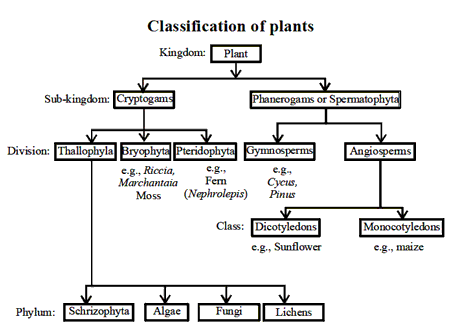(HOT) UPSC Current Affairs 2025 PDF
NEW! The Gist (NOV-2025) | E-BOOKS
(Sample Material) IAS PRE GS Online Coaching : General Science - "Diversity in Living Organisms"
Sample Material of Our Online Coaching Programme
Subject: General Science
Topic: Diversity in Living Organisms
Biologists such as Ernst Haeckel, Robert Whittaker and Carl woese have tried to classify all living organism into broad categories called kingdom. The classification which Whittaker proposed has five kingdoms: monera, protista, fungi, plantae and animals.
1. Monera : These organisms do not have a defined nucleus nor do any of them show multi-cellular body designs. This group includes bacteria, blue green algae, or cyano bacteria and mycoplasma.
2. Protista : These groups include many kinds of unicellular eukaryotic organisms some of these organisms use appendages, such as hair like cilia or whip like flagella for moving around. e.g. : unicellular algae, diatoms, protozoans.
3. Fungi : there are heterotrophic eukaryotic organisms. They are decaying organic materials as food and are therefore called saprophytes. They have a cell wall made up of a tough complex sugar called chitin.
E.g. are yeast and mushrooms
-
Some fungal species live in permanent mutually dependent relationships with blue green algae such relationship is called symbiotic.

- These symbiotic life form are called lichens. We have all seen lichens as the slow growing large columned pitches on the bark of trees.
DIFFERENTIATION IN PLANTS
(i) Thallophyta
- Plants that do not have well differentiated body design fall in this group.
- The plants in this group are commonly called algae. These plants are predominantly aquatic. E.g. : Spirogyra, cladophora and chara.


